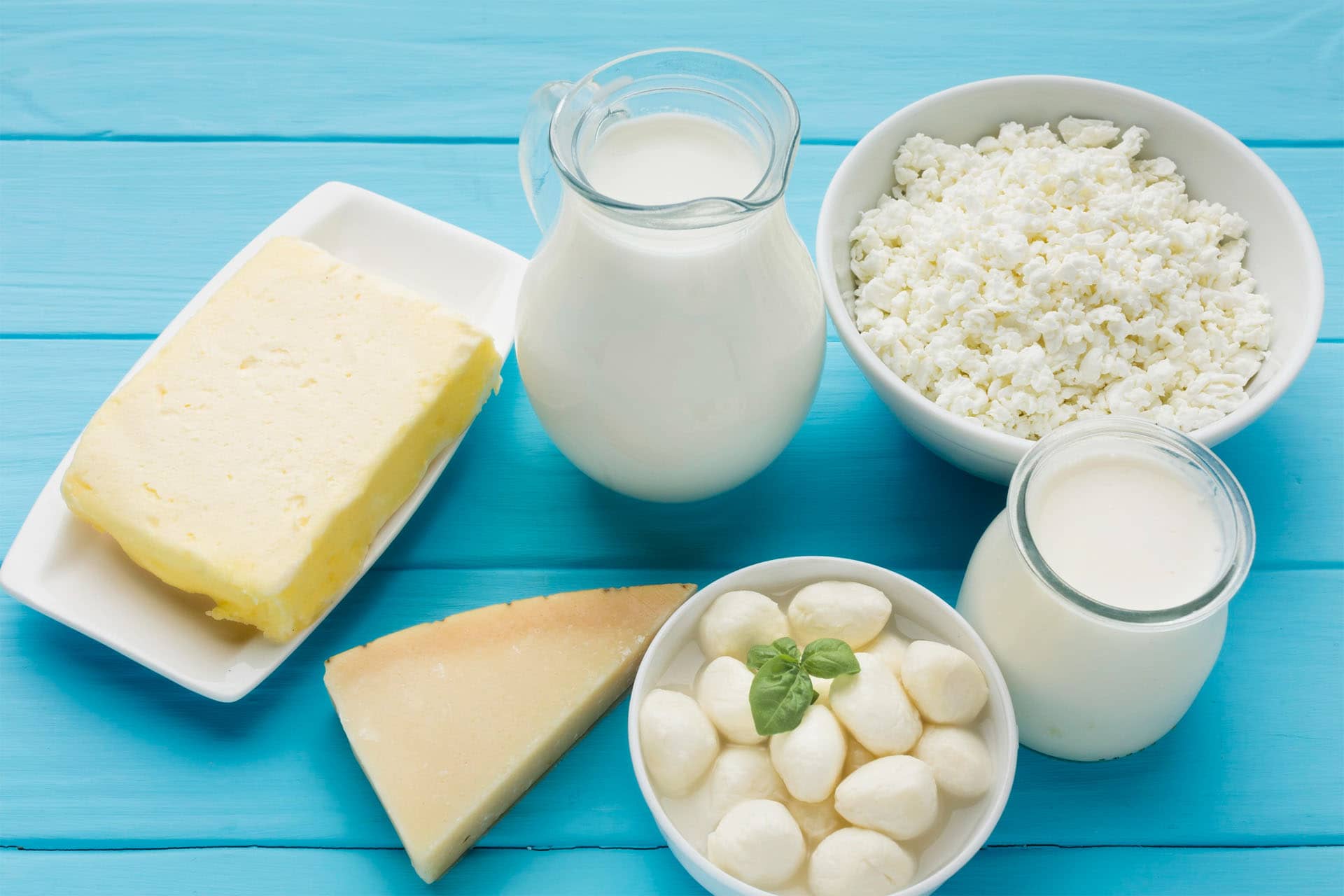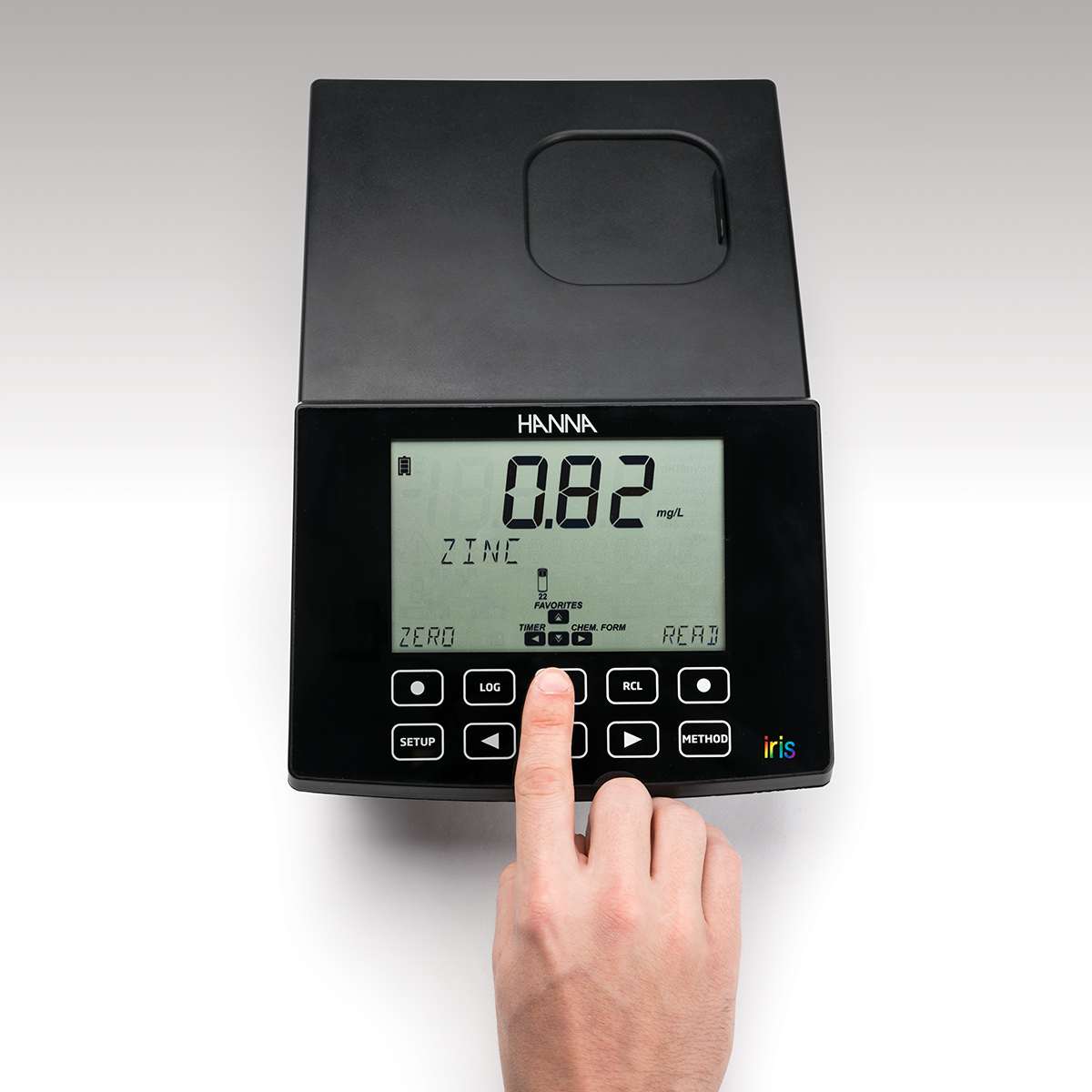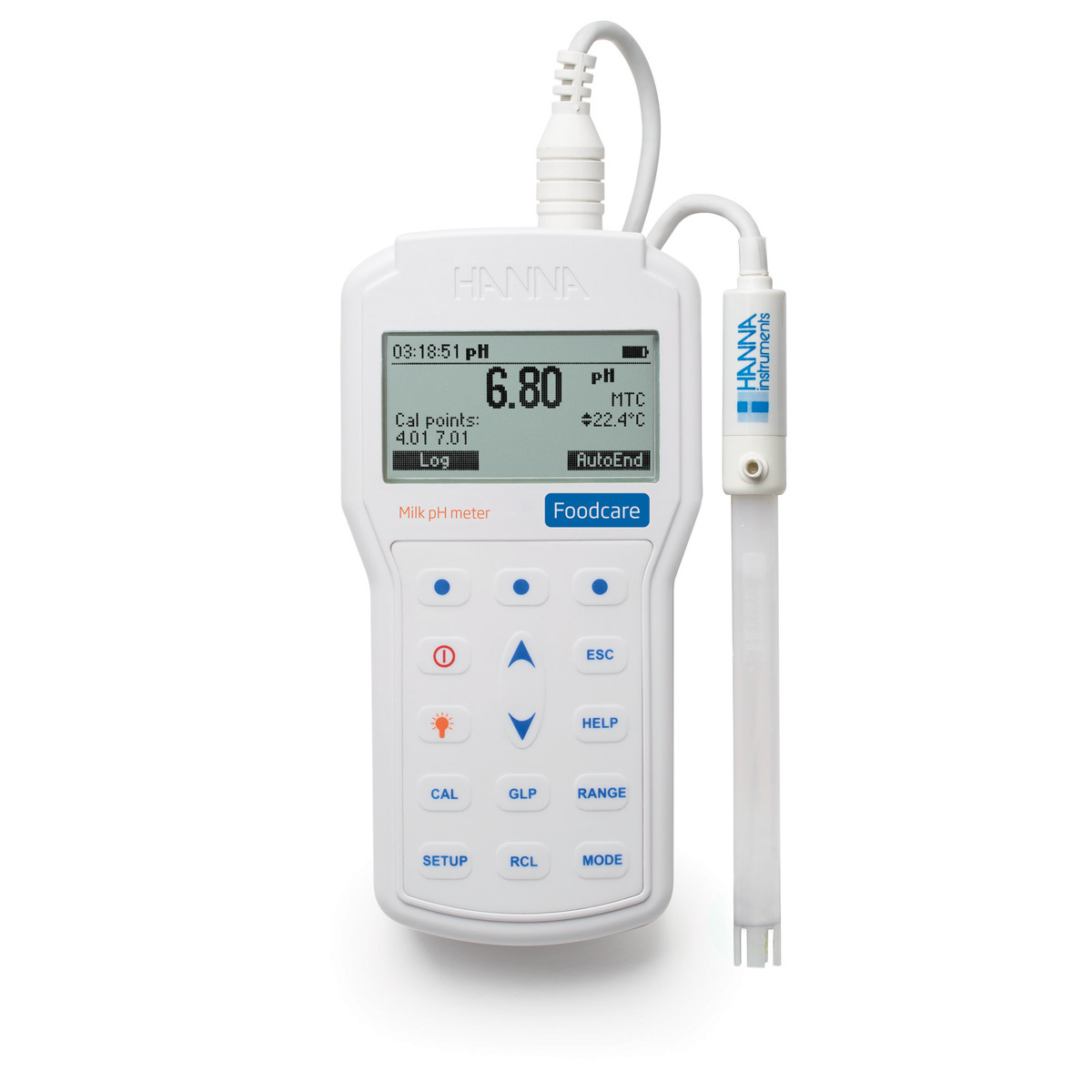
Vitamin D in milk and dairy products
Many are of the opinion that sufficient exposure to the sun will create enough vitamin D, but few know that vitamin D is only produced during certain months of the year when the intrusion of sun rays is at the right angle.
Since a large number of people are deficient in vitamin D, very often, various milk producers enrich their products with this vitamin. Many countries have also legally regulated the addition and enrichment of food with vitamin D to prevent its deficiency. The positive effects of vitamin D on human health are innumerable, and its addition to milk is quite logical. Vitamin D stimulates the transport of calcium to bones and other cells. This means that if there is not enough vitamin D, calcium will not build up in the bones. This can lead to osteoporosis and frequent fractures in the long run.
If you decide to enrich your product with vitamin D, be sure to know exactly what concentration you have enriched your product with. Numerous manufacturers use various analytical methods to determine the concentration of vitamin D in dairy products.
One of the methods used to determine vitamin D is the colorimetric method with antimony trichloride acetyl chloride.
Principle of the method:
Vitamin D with a solution of SbCl3 in chloroform gives an orange-yellow color whose maximum absorption is at 500 nm. Full color development takes 5-15 minutes. The only thing that can affect the exact proportion of vitamin D is the presence of other ingredients that interfere with the proper performance of this method because they react with the said reagent (vitamin A, vitamin D provitamin, etc.)
To determine vitamin D, Hanna Instruments has a solution. For everything your eye can’t see, it can iris.
iris Visible Spectrophotometer – HI801
The HI801 iris is a sleek and intuitive spectrophotometer that allows for measurement of all wavelengths of visible light.
Customize your methods,  take a wide range of measurements, and feel confident in your testing accuracy with iris.
take a wide range of measurements, and feel confident in your testing accuracy with iris.
1キ iris features precise wavelength selection between 340 nm to 900 nm for complete method compliance and accuracy that is necessary in industries like professional laboratories, water treatment facilities, wineries, and more.
2キ Results are consistent and accurate regardless of throughput with the high quality and uniquely designed optics system.
3キ Customization options include multiple cuvette shapes and sizes, custom calibration curves, and methods.
Lactose in milk and dairy products
Lactose is a disaccharide, a sugar found naturally in milk. It gives a feeling of sweetness in milk (although it is less sweet than other sugars) and under the influence of microorganisms there are different types of fermentation (lactic-acid, alcoholic, propionic-acid …)
Around 65–70% of the world’s population are lactose intolerant. Lactose intolerance occurs when there is not enough lactase enzyme in the small intestine, which is responsible for digesting lactose. Symptoms include abdominal pain, bloating, diarrhea, nausea, and gas. One of the safest therapies is to avoid lactose in foods. Therefore, dairy products that contain a reduced content of lactose are becoming increasingly popular and are relatively safe for use in people with lactose intolerance. Different people with this problem tolerate a certain amount of lactose differently. Therefore, it is necessary to determine the lactose concentration in each product.
Determination of lactose in milk can be performed polarimetrically, gravimetrically, enzymatically, differental pH.
In the enzymatic method, lactose is hydrolyzed to glucose in the presence of beta-glactosidase, glucose is oxidized with NAD + in the presence of beta-glucose dehydrogenase to galacturonic acid, and the amount of NADH formed (A = 340 nm) corresponds to the lactose content. For this measurement Hanna Instruments recommends the use of HI801- iris Visible Spectrophotometer.
The differential pH technique for measuring lactose in milk is based on changes in the pH owing to enzymatic reactions. We measure the changes in the pH caused by the reaction of glucose and ATP in the presence of enzyme hexokinase before and after treatment of the sample with β-galactosidase. After 3 h, the pH change is measured, HK is added, and the pH change is monitored for 4 h to observe the d-fructose-6-phosphate formation.
For measuring changes in pH values choose Hannas HI98162 Professional Portable Milk pH Meter 
The HI98162 is a rugged, waterproof, Foodcare portable pH meter that measures pH and temperature using the specialized FC1013 probe for milk products. This professional, waterproof meter complies with IP67 standards. The HI98162 is supplied with all necessary accessories to perform a pH/temperature measurement packaged into a durable thermoformed carrying case that holds the meters, probes and calibration buffers securely in place.
- Quick Connect DIN Connector
- USB Connection for Data Transfer
- Dedicated Help Button
Author: Tajana Frančić, mag.nutr.



